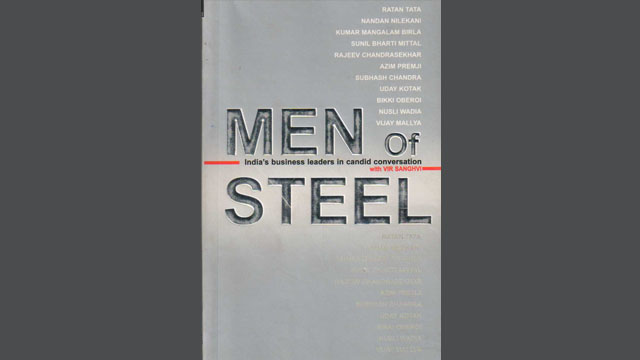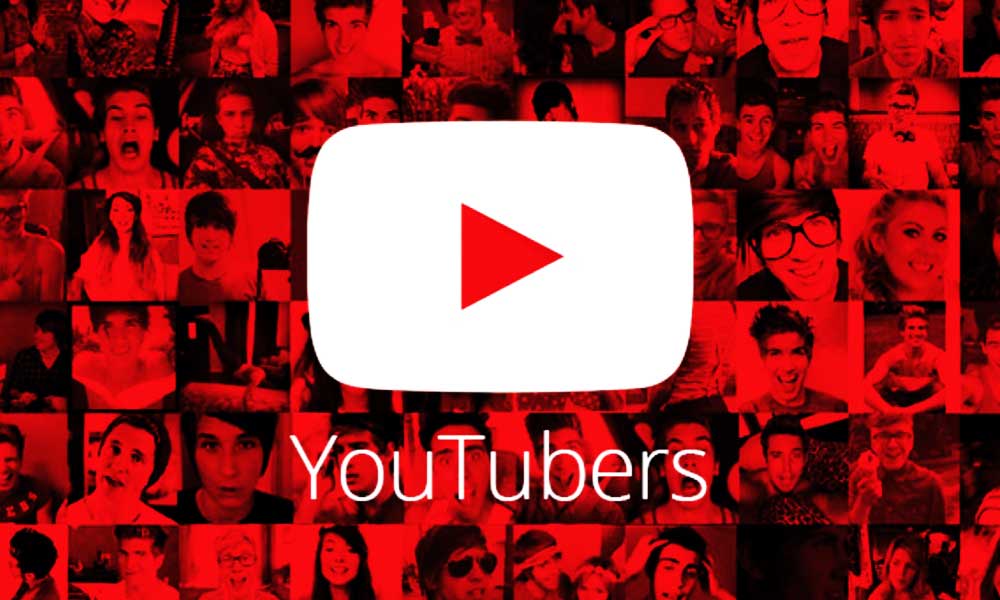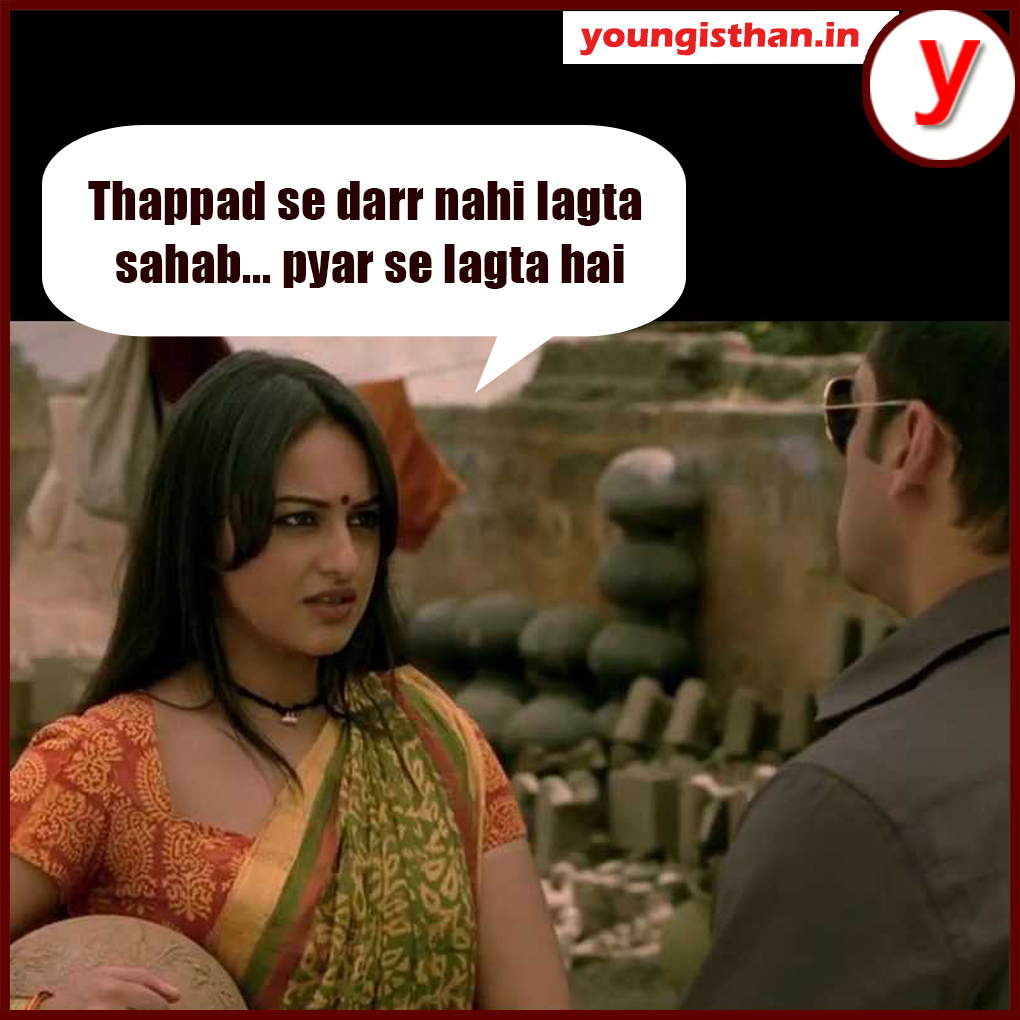From traditional big names of Indian industry like Ratan Tata and Kumar Mangalam Birla to the new gurus of information technology – Nandan Nilekani and Azim Premji, all the way to the champions of the entertainment and telecom sectors – Sunil Bharati Mittal, Subhash Chandra and Rajeev Chandrasekhar, Men of Steel chronicles the life and times of these great business barons
“If your creation can’t outlive you, then you have failed.” These are quotes one can’t find in revenue charts, business models and profit graphs. Veteran journalist/columnist Vir Sanghvi has managed to get these candid thoughts from some of India’s biggest industry tycoons. From traditional big names of Indian industry like Ratan Tata and Kumar Mangalam Birla to the new gurus of information technology – Nandan Nilekani and Azim Premji, all the way to the champions of the entertainment and telecom sectors – Sunil Bharati Mittal, Subhash Chandra and Rajeev Chandrasekhar, Men of Steel chronicles the life and times of these great business barons. Apart from portraying the humane side of these business-oriented brains, the book takes a look at general perceptions and realities about these individuals. These people, who are fuelling new India’s leap into the 21st century, are also faces behind the great story of hard work and strife. Essential to the depth of these profiles is that all these men sat down and poured their hearts out to Vir Sanghvi, about their hopes, their dreams and their heartbreaks. Stories of these men have been contoured based on direct information from the men of steel themselves.
Vir Sanghvi clearly puts substance over style. His journalistic wisdom comes through in the piece about Vijay Mallya where he expertly narrates the ‘success’ story but sounds doubtful about Kingfisher airlines’ strategy. He describes the business ethics employed by several business heads of varied disciplines without dwelling into the complex details of their businesses. Because of this one does not need knowledge of the telecom sector to read the conversation with Sunil Mittal. This stands out as the biggest advantage of this book. It is targeted for a wide audience. Apart from business, it is informative and also throws light on the relationship of a brand with its owner. Many brands have become a part of our routine vocabulary but we are unaware of the owner or the company who owns it. This book will give readers know-how of brands like Bombay Dyeing, Britannia, Kingfisher, etc. Furthermore, the flow of book is systematic. The language is lucid. This will enable a whole new range of readers to get involved.
Throughout the book, Sanghvi has very generously offered us snippets of information like anecdotes, life lessons, etc. He digs into the conception that Infosys came up as an answer to North Indian businesses of that time by South Indian Brahmins. He also finds out on the transformation of the very average Nandan Nilekani to the business leader of today.
It is thought-provoking to know how Kumar Mangalam Birla transformed the Birla legacy so radically. Readers also get to know of admissions like, Subhash Chandra’s distinctive tuft of white hair which he says, developed overnight due to stress and tension when one of his partners stepped back from a deal during the final stage, which he is not insecure about to tell in an interview.
Azim Premji comes across as a multifaceted man who operates on several cerebral levels simultaneously and in like in Sanghvi’s words, “you only really get to core of the onion when you have finished peeling off the layers.”
The successful business of Sunil ’Bharati’ Mittal closed overnight due to government policy changes and the so called ’influence of the big boys’, yet he is satisfied to consider it as divine intervention. Lesson learnt is “sometimes it is good to hang on and wait for the tides to turn.”
In the story on Bikki Oberoi, way back in 60’s and 70’s, Hilton refused to give the Oberoi group of hotels its brand name considering that it will denigrate Hilton’s value, and later in mid 2000’s Oberoi is associated with Hilton but are careful to not to associate Hilton with their luxury hotels as this would weaken Oberoi’s luxury brand image. It is truly a turnaround story of how India Inc. has indeed arrived.
Rajeev Chandrasekhar, former CEO and Chairman of BPL Mobile, shows people that an INTEL geek and pioneer of electronic revolution who became one of the biggest operator in the cell phone business without paying any significant bribes too became a victim of corporate sabotage. He aptly demonstrates how so many factors crucial in the running of a business enterprise can indeed be a matter of luck.
Uday Kotak’s (of the Kotak Group) secret for success has more to do with outliving what you’ve created rather than making the money.
What is common in most of these success cases is that all of them have had their shares of problems, challenges and fears. But they chose to persevere. Most of them have fought against corruption and bureaucracy in this country and won over all odds. Hence most of them are self-made men.
These barons who are leading us as a pack into the 21st century are also the ones who make a huge difference to the masses. By prioritizing generation of employment these businesses can actually offer millions of citizens a chance to put food on their tables. Creating employment at different levels is also something that helps curb brain drain. The government should also work towards providing a conducive environment for businesses to grow. If corporates, the government and its people start growing collaterally, a developed India is not a far-thought.





